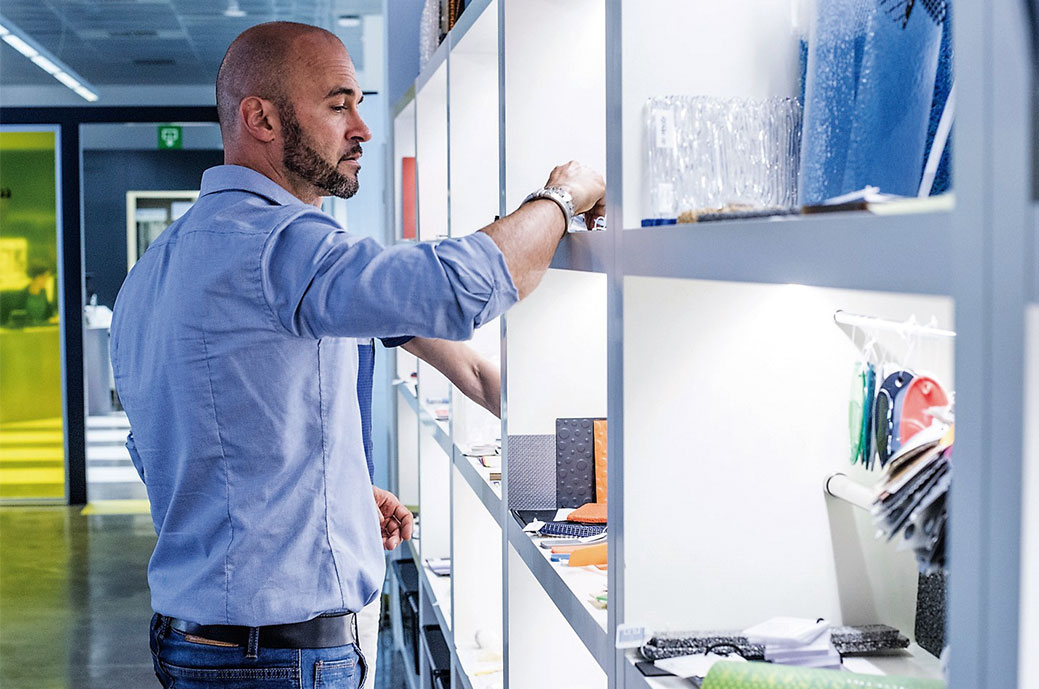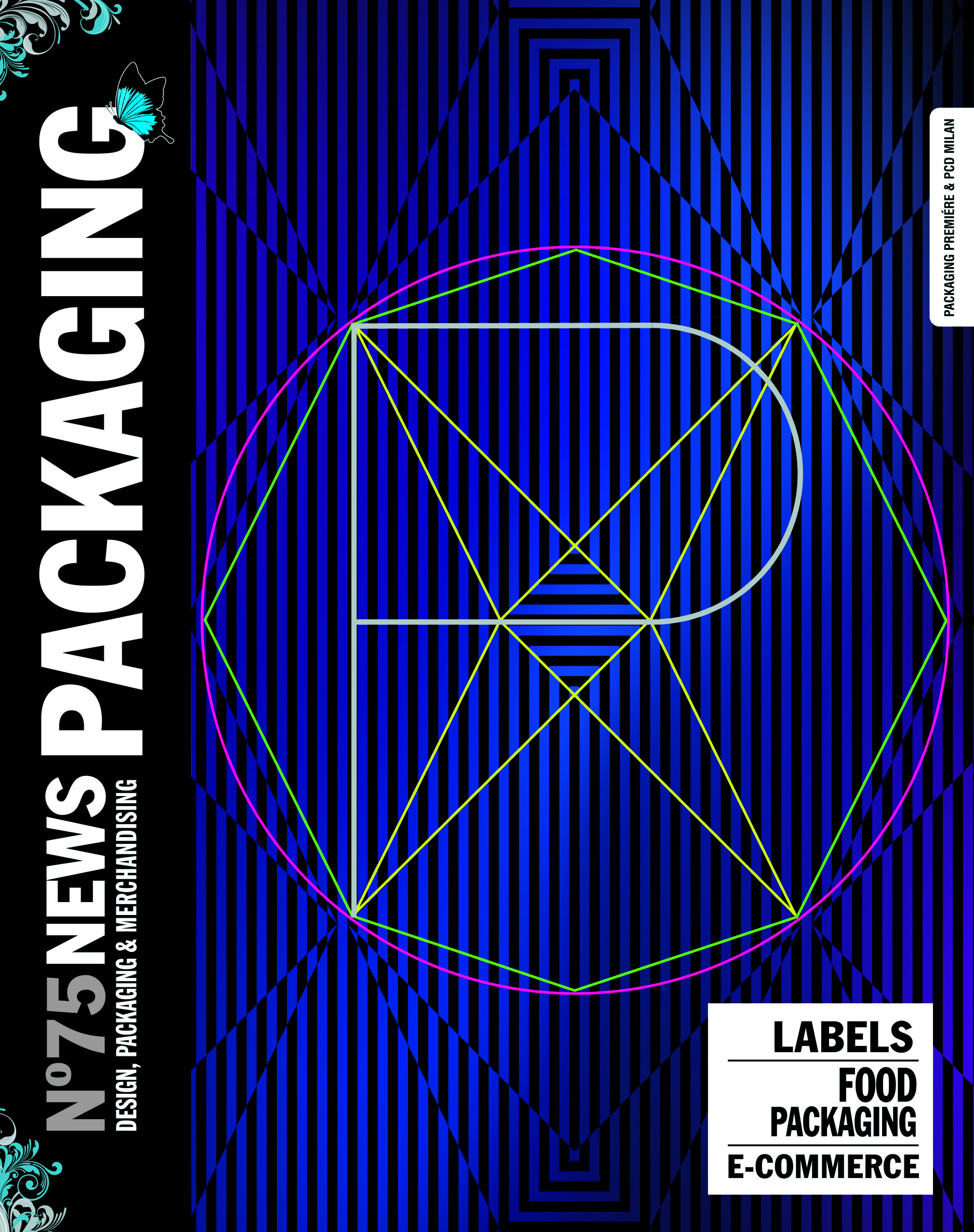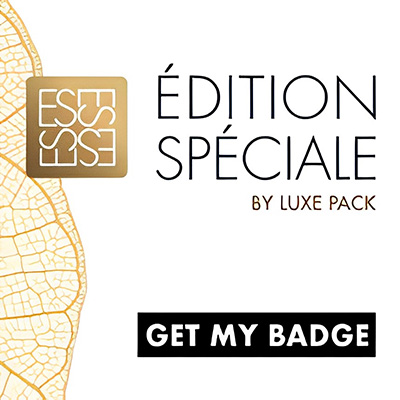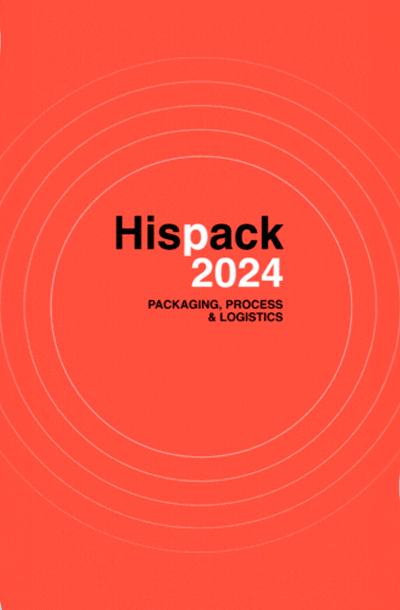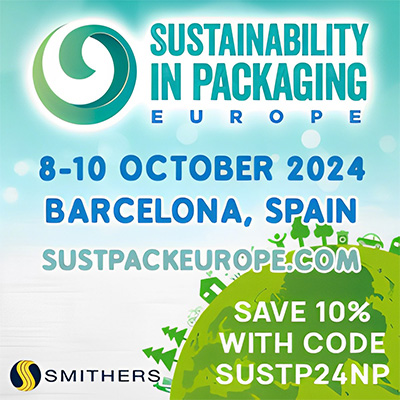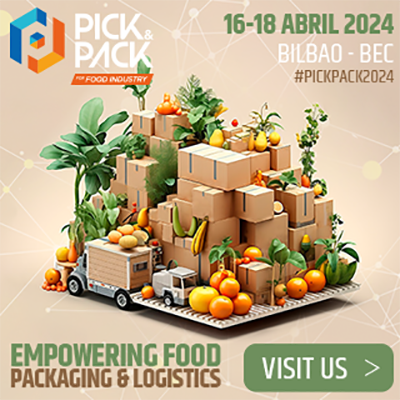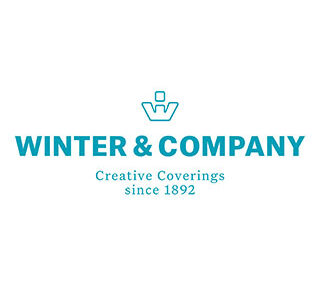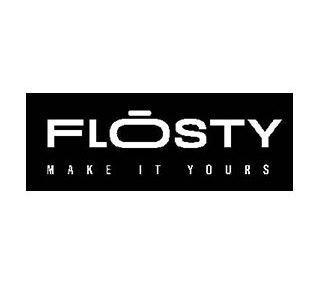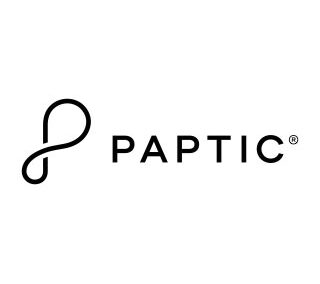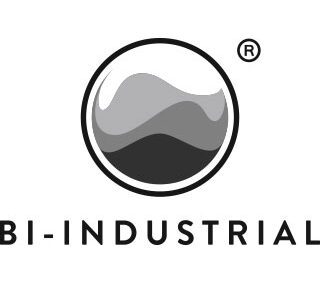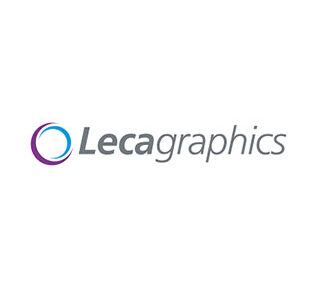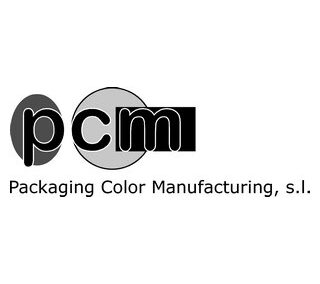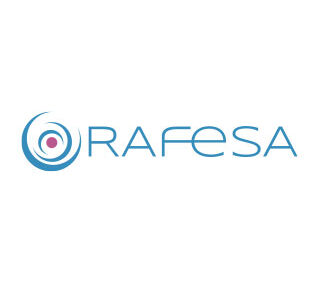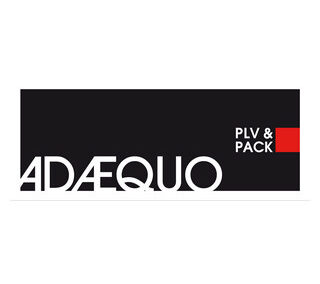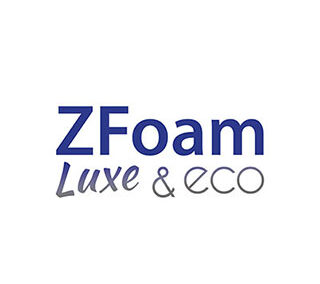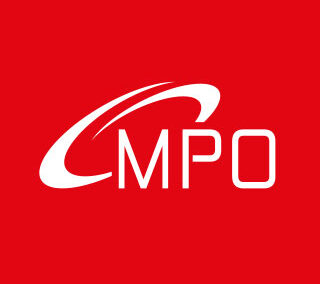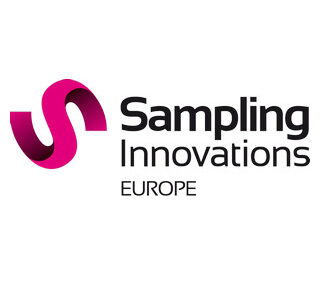"Knowledge of the material is essential for a better future"
For a year, Materfad, the Barcelona Materials Center, created and promoted by the FAD (Foment de les Arts i del Disseny), has a new scientific director with the will to create synergies between new materials, creative professionals and companies.
Why do you need a Materials Center?
Because in the end, all issues, whether economic, social or geological, have to do with the material. Material is a field of opportunity, but it is also a field of danger, of dysfunction, of entropy ... Therefore, knowledge of materials must be one of the first columns of a production system, because based on the types of materials that are used can be obtained economies of scale, different functions, more sustainable ways of production, innovation can also be catalyzed. At the moment there is an alignment of technology, science, everything that civilization is carrying forward and that is important for our survival, towards products and services. Knowledge of the material is essential to obtain the things we want for a better future and, therefore, the existence of a Materials Center such as Materfad is essential.
What is your role and goals as Chief Scientific Officer?
My role at Materfad is to lead the scientific direction, that is, to investigate materials, investigate their classification, their behavior, the chemical, physical, electrical, thermal, magnetic and structural properties of matter, and understand how and why these materials can contribute one way or another towards a function or a benefit. My role is also to identify trends in the scientific, productive and ecology sectors on different materials and of different families and scales. Another function that I have is precisely to investigate materials at their different scales, that is, from the nano, to the micro, to the macro or to systems.
What are the new packaging materials that are generating the most interest?
The most interesting packaging materials that are being generated today are totally recyclable, recycled and of biological origin, such as cellulose by bacterial production, regenerated cellulose or cellulose in its various stages of life. Another area of research is how to integrate smart systems in the packaging sector and, therefore, involves certain nanometric or nanotechnological treatments for the identification of materials and the identification of contents, especially smart logistics.
What benefits do they bring?
The benefits of cellulose are several. The cellulose that is created by bacterial fermentation transforms oxygen into carbon dioxide, but this can feed algae, so it has an inverse effect on global warming. Another type of cellulose production is by plants, very sustainable, since in the production of plants fruits, vegetables, etc. are produced. Cellulose can also be made from food waste or agricultural waste in general.
Regarding the benefits of nanotechnology, it allows us to carry an integrated digital logistics communication system that we previously could not obtain because there was not enough technology to be able to distill particles, fibers or sensors, or nano-scale molecules. At present, what we are seeing as a benefit of nanotechnology is that, on the one hand, it offers us the ability to generate intelligent packaging and this intelligence can be interconnected, grouped in a digital communication and monitoring system. On the other hand, it may be that nanometric materials give us another type of intelligence, such as resistance to corrosion, resistance to water, structured color behavior ... It allows us to redesign matter on a nanometric scale so as not to have to use other materials that are statistically toxic, such as pigments, plastic additives ...
Do you take into account that, once used to create packaging, they can contribute to a circular economy?
One of the reasons that cellulose has become a highly desired material and the subject of much research is because it is inherently circular, in the sense that it comes from a breakdown of materials in the soil through a tree or a plant. , which produces material to make its own body. It is, therefore, a grown biological material and has a great recyclability due to the fact that it is organic. In addition, there are many chemical systems that allow the degradation of cellulose at any scale, from macro to nano scale, and also the recomposition of cellulose, since cellulose is 100% recomposable and it is almost infinite cycle. For this reason, by definition, cellulose can be circular. And even if it is not treated in a circular way, that is, even if the cellulose is not recycled, it biodegrades, and by biodegrading it is a natural biological system that can be integrated in a circular way to more materials.
Nanotechnology is not very circular, in fact it is a fairly linear material, but it can be integrated into a circular logistics system. If we apply it, we must have a structure for identification, classification, separation and recycling, because if we do not monitor it and leave it thrown away as a linear material, it can be highly toxic. Paradoxically, nanotechnology, which can be technically dangerous, can lead us to impose recovery logistics systems in order to manage it.
Is ecodesign essential as a first step towards the transition to a circular economy?
Ecodesign itself is not essential to lead to a circular economy. In fact we have had many circular economies without being focused on ecodesign or ecology in general. The circular economy is more than anything else an ideology, it is planning and it is a socio-cultural and economic vision. However, some materials lend themselves better to eco-design, because they are supposedly made with existing ecological processes. But even so, a misuse of a material, such as the massive cultivation of a type of tree for the manufacture of a certain type of cellulose, can be very harmful and can compromise the ecosystem, rather than help it. This is what is called monoculture, as for example in Galicia growing eucalyptus from seed in industrial production format, and this is not necessarily a good thing.
Ecodesign is not essential, what is essential to generate a transition towards a circular economy is the need and lack of resources, which is what typically pushes towards a more circular and sustainable economy. Because a priori the needs of a society that is economically compromised go through using local materials. Therefore, it already carries a certain context where materials are needed in a recyclable way because there are no funds to be able to invest in typically exotic materials, that is, materials that come from abroad.
One of the most important aspects of ecodesign is not necessarily the material, but the logic behind why it is eco. It can be an eco because it is local, because it does not contribute to the production of CO2, because it does not contribute to high energy expenditure, or it can be an eco simply because it is a local ecology disintegrated from the global ecology and economy.
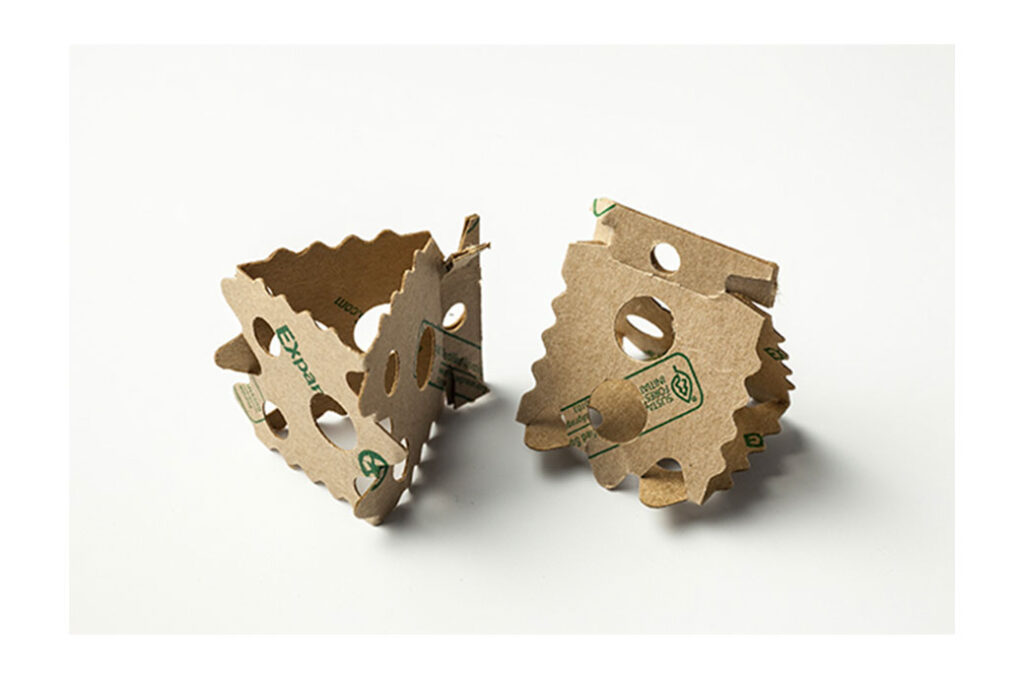
The search for greater sustainability, has it prompted a greater investigation of new materials?
The search for new materials due to the need for circularity or to have a sustainable economy has always existed. Lately there is more focus on some materials more than others, but historically there has always been a lot of research on materials and alternatives simply because there is the problem of cost and the problem of intellectual property.
In the last 10 years, research tools towards biological systems have been greatly improved: how they multiply, how they reproduce, how to separate the different elements they produce, how to measure them, etc. A high degree of knowledge is needed because there is no equality between one batch and another. When working with biological materials, you have to know how to measure and use the material's parameters well. The fact that today there is more knowledge in this sector allows us to generate products with high quality biological materials. Before, more or less good materials were made, but now biological materials are made as good or better than synthetic ones.
In terms of innovation, even for other sectors, what materials stand out? What properties do they have?
The material that stands out for innovation or the one that is used in a novel way in the packaging sector is activated carbon, that is, pure carbon, which can be obtained by distillation of cellulose in pyrolysis or carbon in general, which generates a black pigment, it has many absorbent properties, it is good for the environment, it is an additive that fills other materials and gives them strength. It is a ubiquitous material, it is found in all countries, it is very abundant in nature and it is circular.
What other projects are you working on?
We are currently expanding Materfad in Portugal, we are collaborating with international entities and universities such as Aguascalientes in Mexico, where there are also other Materfad showrooms, we are also collaborating with the Ministry of Education. We are part of Datemats, a European project on the transfer of knowledge of new materials and their application in the creative sector, and a long etcetera.

